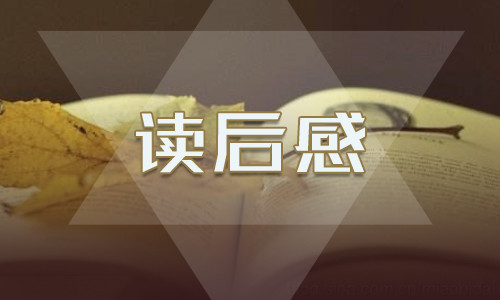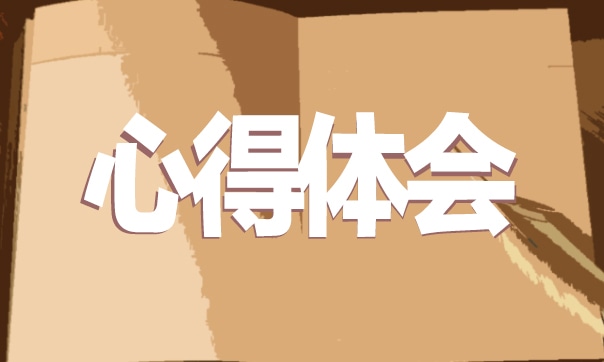Economics
1. For markets with perfectly elastic supply, the introduction of a tax will most likely result in: A. a price increase and the seller pays the entire tax. B. a price increase and the buyer pays the entire tax. C. no change in price and the seller pays the entire tax.
Answer: B
When supply is perfectly elastic (horizontal supply curve) the price increases by the amount of tax and the seller passes on the entire tax burden to the buyer.
2. If the quantity demanded of pears falls by 4% when the price of apples decreases by 3%, then apples and pears are best described as: A. substitutes B. complements C. inferior goods
Answer: A
The cross elasticity of demand is defined as the percentage change in quantity demanded divided by the percentage change in the price of a substitute or complement. If the cross elasticity of demand is positive, the goods are substitutes. In this case, the 4 % decline in quantity of pears is divided by the 3 % decline in the price of apples, which is a positive number, -4 / -3 = +1.333333.
3. Consider the following data for a firm operating in perfect competition.
Quantity Total Revenue Total Cost 21 $210 $138 22 $220 $145 23 $230 $154 24 $240 $165 The firm’s profit-maximizing output (in units) is most likely: A. 21 B. 23
C. in excess of 24
Answer = B
Under perfect competition, economic profits are maximized where marginal revenue equals marginal cost; in this case where marginal cost crosses $10 per unit. Profits are maximized at 23 units of production.
4. For a firm in perfect competition, as the quantity of labor increases, the marginal revenue product most likely diminishes because of a decline in:
-1-
A. marginal product only B. marginal revenue only
C. both marginal product and marginal revenue
Answer = A
For a firm in perfect competition, as quantity of labor increases, marginal revenue product diminishes because marginal product diminishes.
5. The Nash equilibrium for a duopoly faced with a “Prisoners’ Dilemma” set of choices is most likely to result in:
A. both firms earn economic profits B. neither firm earns an economic profit
C. one of the firms earns an economic profit but the other firm does not
Answer = B
The Nash equilibrium for the duopoly is that both firms cheat on their collusive agreement. Prices and quantities produced are the same as those in perfect competition; neither firm earns an economic profit.
6. The belief that money wage rates are sticky is least likely to be associated with: A. classical macroeconomics B. monetarist macroeconomics C. Keynesian macroeconomics
Answer: A
Both Keynesians and monetarists believe that money wage rates are sticky. Classical macroeconomics does not.
7. Holding the working-age population constant, if the labor force participation ratio declines while the number of people employed remains unchanged, the unemployment rate will most likely: A. increase. B. decrease.
C. remain unchanged.
Answer: B
For a given working-age population, a decline in the labor force participation rate, often the result of an increase in discouraged workers, reduces the labor force. If the number of people employed remains the same while the labor force is smaller, the number of workers defined to be unemployed must be smaller and the unemployment rate lower.
8. Assume the U.S. Federal Reserve system (the Fed) has decided to lower interest rates in the
-2-
economy. To carry out this policy, the Fed will most likely: A. sell securities B. buy securities
C. increase required reserve ratios
Answer = B
When the Fed purchases securities, the Fed increases the reserves held by the banking system. These increased reserves lead to a reduction in the federal funds rate and, ultimately, to a reduction in other interest rates in the economy.
9. Which of the following statements is most accurate? For a country to gain from trade it must have:
A. an absolute advantage. B. a comparative advantage.
C. economies of scale or lower labor costs.
Answer: B
A comparative advantage arises if one entity can produce an item at a lower opportunity cost than another. An absolute advantage in producing a good (or service) arises if one entity can produce that good at a lower cost or use fewer resources in its production than its trading partner. Even if a country does not have an absolute advantage in producing any of its goods, it can still gain from trade by exporting the goods in which it has a comparative advantage. The country with the lower opportunity cost (with the comparative advantage) should specialize and produce its low opportunity cost item, and the other country should produce the high opportunity cost item, trading the goods between each other to make both better off.
10. In early 2011, a New Zealand traveler returned from Singapore with SGD7,500 (Singapore dollars). A foreign exchange dealer provided the traveler with the following quotes: Ratio Spot Rates USD/SGD 1.2600 NZD/USD 0.7670 USD: U.S. Dollar
The amount of New Zealand dollars (NZD) that the traveler would receive for his Singapore dollars is closest to: A. 4,565 B. 7,248 C. 7,761
Answer = B
The NZD/SGD cross-rate is NZD/USD × USD/SGD = 0.7670 × 1.26 = 0.9664.
The traveler will receive 0.9664 NZD per SGD; 0.9664 NZD/SGD × 7,500 SGD = 7,248 NZD.
-3-





